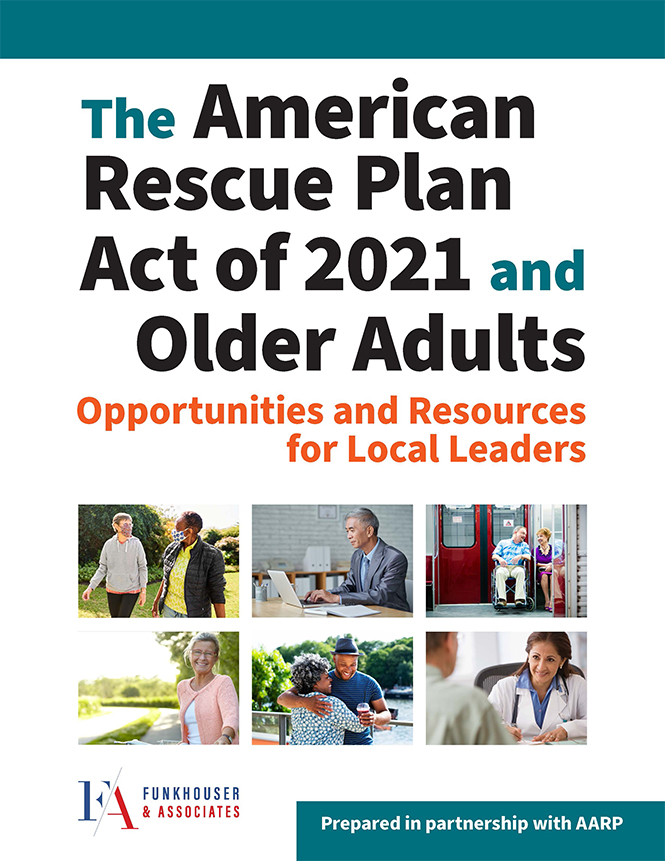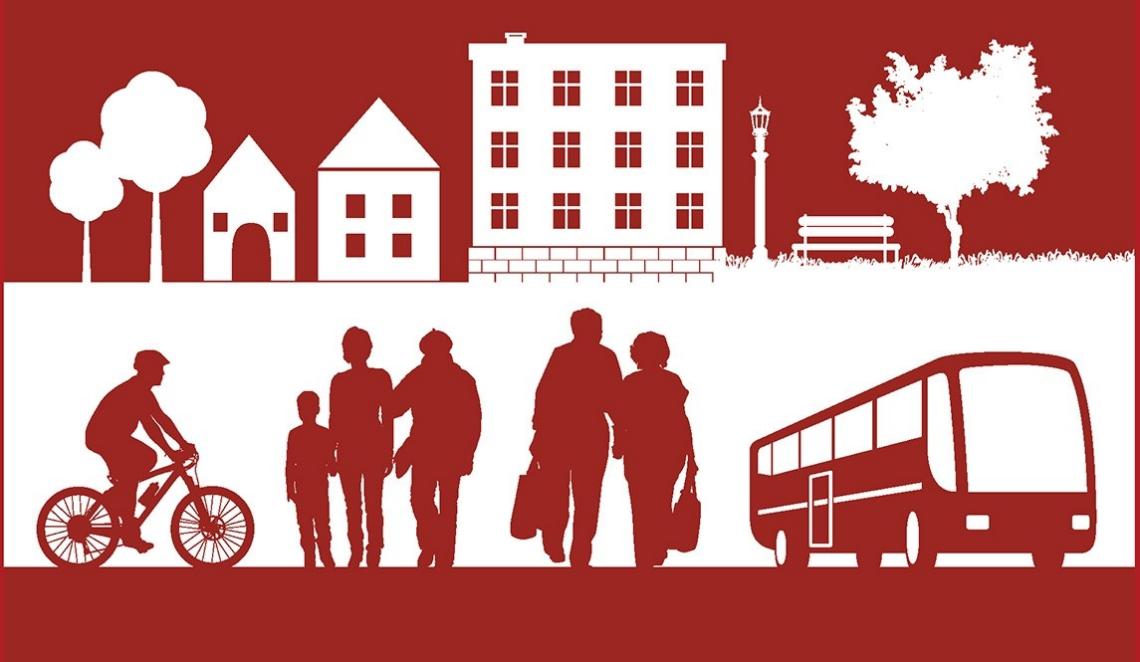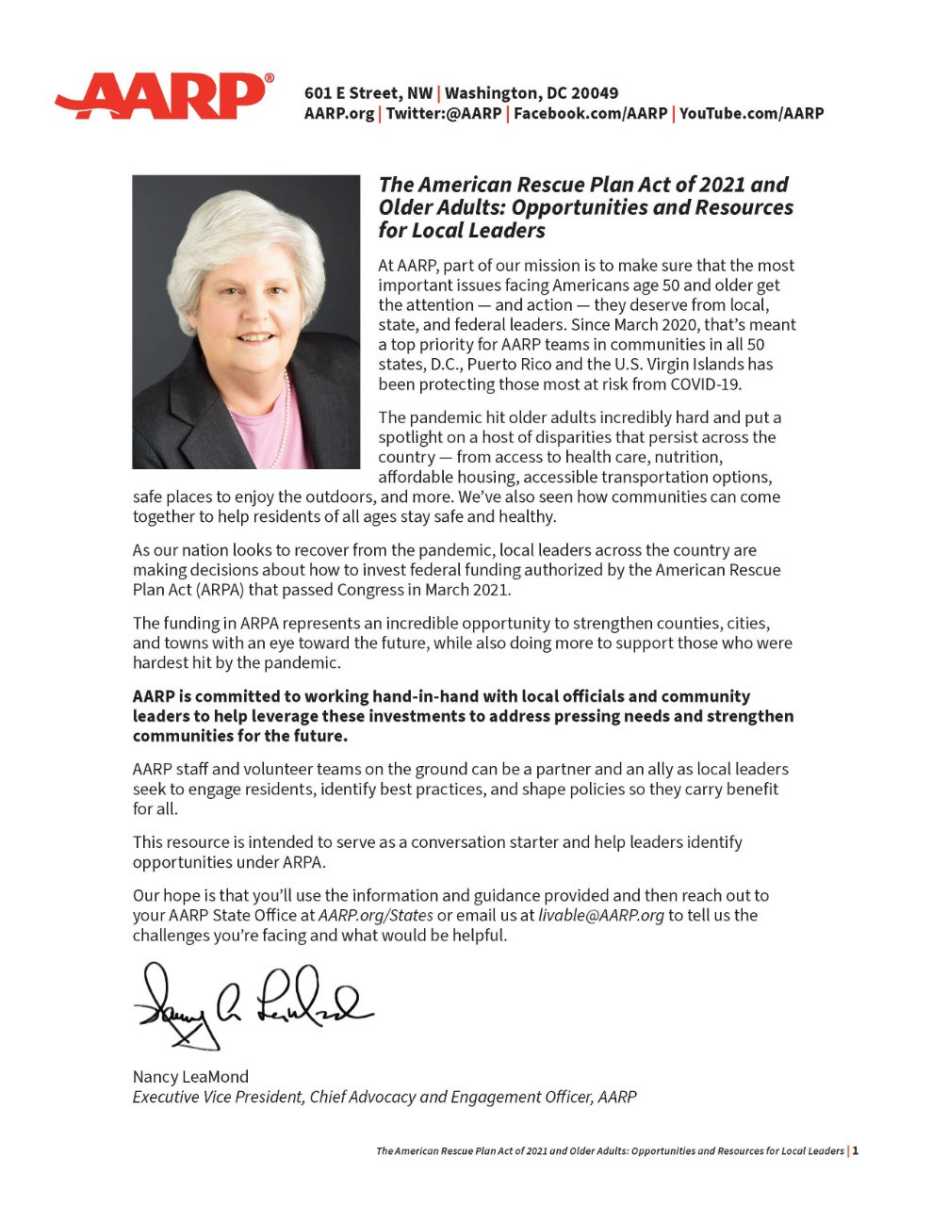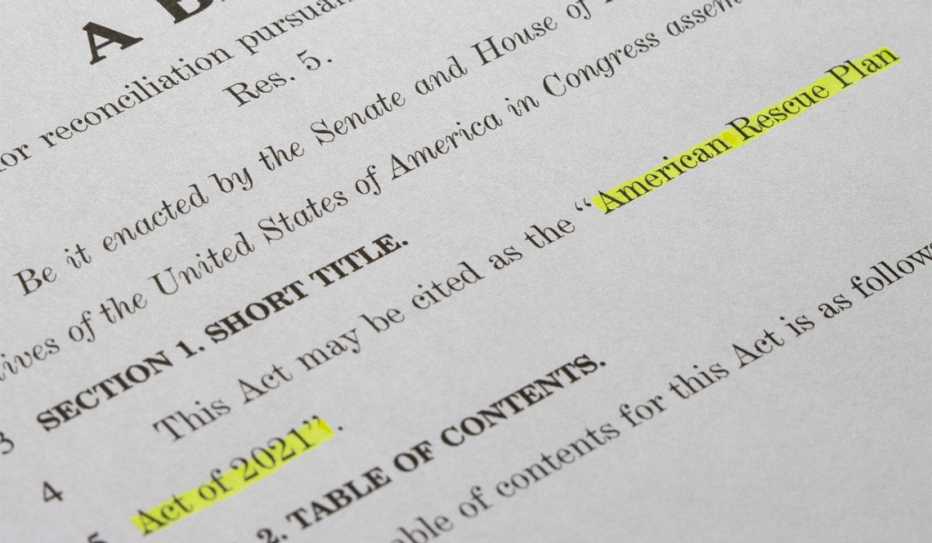AARP Hearing Center
Update: In the spring of 2022, the nonprofit Engaging Local Government Leaders (ELGL) hosted a six-week course about making the best use of the American Rescue Plan Act of 2021 and other federal funding opportunities. Developed by Funkhouser & Associates with the support of AARP Livable Communities, the program guided more than two dozen practitioners and local government partners through sessions with experts on housing, health, mobility, open space and broadband internet access, all with a focus on livability and inclusion for all ages. The following articles provide information about the course and the lessons learned:
- Four Lessons Learned From the Federal Funding and Livable Communities Cohort
- What I Learned About Federal Funding Opportunities as a Transportation Professional
The American Rescue Plan Act is a $1.9 trillion law that includes $350 billion in direct, flexible aid — available via the State and Local Coronavirus Fiscal Recovery Fund — to states, counties, cities and tribal governments with populations of more than 50,000 people. (Eligible local governments that are classified as "non-entitlement units" — typically those with populations under 50,000 — should expect to receive this funding through their applicable state government.)
The American Rescue Plan and Local Governments


The American Rescue Plan Act of 2021 and Older Adults: Opportunities and Resources for Local Leaders, a report prepared by Funkhouser & Associates in partnership with AARP, highlights the ways local leaders can use the American Rescue Plan Act of 2021 to address community needs related to transit, mobility and open spaces; high-speed internet access; water, sewer and utility systems; housing and health.
View and/or download the report
- Publication number: D20741
The American Rescue Plan Act of 2021 — also referred to as the American Rescue Plan or ARPA — was signed into law by President Biden on March 11, 2021. In May, the U.S. Department of the Treasury released its initial guidance, called the Interim Final Rule, which included some 150 pages of background, reasoning, spending categories and accounting guidelines for administering the legislation.
The funds are “intended to provide support to state, local and Tribal governments responding to the impact of COVID–19 and in their efforts to contain COVID–19 on their communities, residents, and businesses.” As part of that mission, the ARPA provides local government leaders with the chance to enhance the economic resilience of their communities by tapping resources that address persistent challenges while finding new and innovative solutions.
As local leaders weigh opportunities and make forward-looking investments, it's critical that spending decisions represent the voices of people of all ages, abilities, races and incomes. Input from the community can be ensured through a strong public engagement process.

































































